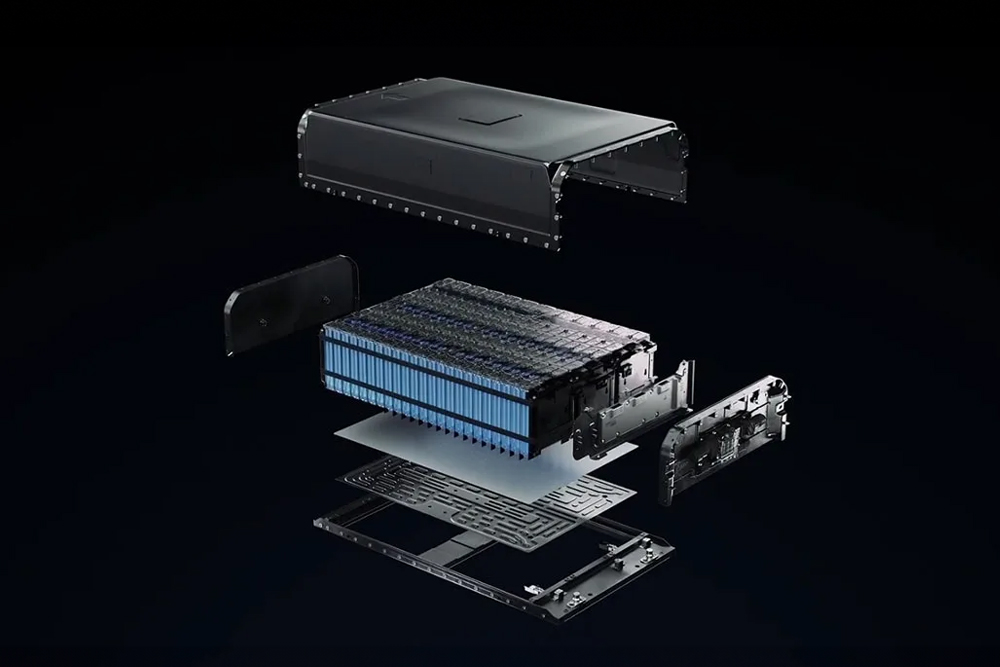Chinese battery manufacturer CATL (Contemporary Amperex Technology Co. Ltd.) has officially launched its TECTRANS battery system for the commercial transport sector at the IAA Transportation event held in September in Hanover, Germany. This launch expands CATL’s existing battery offerings for heavy-duty trucks and buses, complementing the light-truck range introduced in China in July 2024.
For heavy-duty trucks, CATL presents two options: the TECTRANS – T Superfast Charging Edition and the TECTRANS – T Long Life Edition. The Superfast Charging Edition is tailored for quick recharges during duty cycles, boasting a 4C peak charging rate that enables a 70% charge in just 15 minutes. In contrast, the Long Life Edition is designed for longevity, with an operational lifespan of up to 15 years or 1.74 million miles (2.8 million km). Both variants provide an operational range of 310 miles (500 km), catering to both short-haul and long-distance transport needs.
For bus and coach applications, CATL has introduced the CATL TECTRANS – Bus Edition, which claims an energy density of 175 Wh/kg—the highest for lithium iron phosphate (LFP) chemistry in bus applications.
The T Superfast Charging Edition features an advanced battery thermal management system designed to minimize internal temperature variations by 50%. This is achieved through a sophisticated flow channel system that precisely regulates thermal zones.
The bus and coach battery employs a high-energy, high-pressure density cathode design, resulting in significant improvements in energy density. Notably, a U-shaped seal and zero-draft angle contribute to a 22% increase in volumetric energy density compared to the previous generation. Additional innovations include an electrolyte with an additive molecular design and enhanced film-forming capabilities, leading to stable interfaces and extended cell service life.
The extended lifespan of the heavy-truck batteries is attributed to several enhancements. These include a modified surface on the anode materials that improves reactivity and reduces side reactions, thus facilitating lithium ion transmission and extending battery life by over 20%. Changes to the cathode materials involve integrating high-structural-stability active materials with lithium-rich compounds, boosting energy density and cycle stability.
Regarding battery chemistry, Akin Li, executive president of CATL’s overseas business, stated to SAE Media that the same lithium polymer chemistry as before is being utilized. “For buses, we prioritize high energy density, while for trucks, the focus is on long service life, emphasizing a prolonged lifecycle.”
Li also highlighted CATL’s commitment to sustainability throughout the battery lifecycle during his presentation at the IAA. The company aims to achieve net zero emissions in its battery manufacturing operations by 2025 and across its supply chain by 2035. Currently, CATL has attained carbon neutrality in nine factories and established seven major recycling hubs.
“Our subsidiary, Brunp Recycling, ensures a circular economy for our products,” Li noted. “With a core metal recycling rate exceeding 99.6%, we can process 270,000 tons of used batteries annually. Soon, producing batteries entirely from recycled materials will become a reality, eliminating the need for new mining.”


